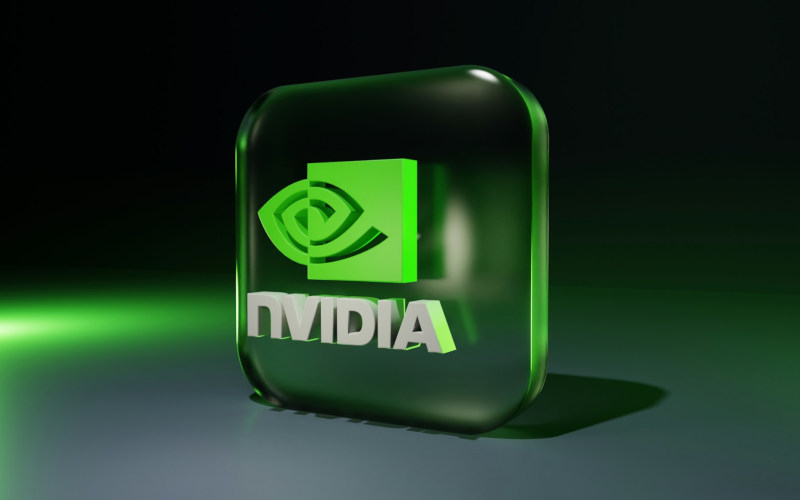Nvidia is developing a consumer platform for PCs based on Arm architecture, and it will hit the market in about a year – in September 2025, DigiTimes reports. The platform is intended for Windows computers in the premium market segment.

Image source: BoliviaInteligente / unsplash.com
Nvidia’s client platform plans include both its own processors and those created in collaboration with MediaTek. The wording of the Taiwanese resource, however, does not allow us to understand by what scheme their deployment will begin – two interpretations are possible: the announcement of the Arm platform in September 2025 and its entry into the market in March 2026, or the release of a consumer processor in September 2025 and the appearance of its oriented to the analogue business segment in March 2026.
Nvidia, experts point out, has all the prerequisites for a strong start in the segment of platforms for client PCs: it dominates the markets for server-based artificial intelligence accelerators and discrete graphics for PCs, and has experience in producing Grace central processors and mobile Tegra. In the mass PC segment, the company will have to compete with AMD, Intel and Qualcomm, and in a year MediaTek with its Dimensity may be added to them – but for the “greenies”, given the experience with Tegra, this will not be new. Nvidia can prepare a high-performance CPU that is optimized for games and powerful graphics – together they are quite capable of fending off x86 offerings from AMD and Intel. Considering that the company works closely with game developers, it has a chance to make dozens of popular titles compatible with Arm chips.
Nvidia has long been interested in a full-scale entry into the PC market – the company may well challenge the dominant AMD and Intel here. Back in 2011, Microsoft released Windows RT for chips from Nvidia, Qualcomm and Texas Instruments, but the attempt failed. In the mid-2010s, Qualcomm was exclusively present in the Windows on Arm segment, but it never became widespread. The next attempt is Qualcomm Snapdragon X Elite chips, which offer the best performance and compatibility with Windows applications – this could open the door to other players in the segment, including Nvidia and MediaTek.